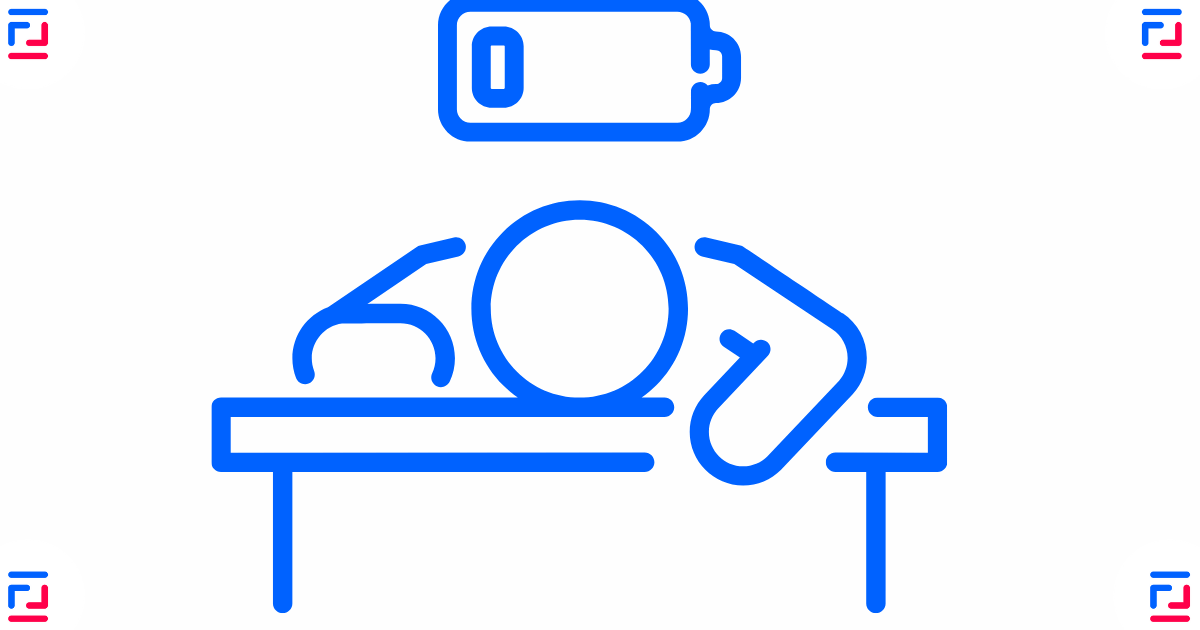
Ransomware Fatigue: The Hidden Threat Behind 2024's $1 Billion Milestone
Jan. 6, 2025
Ransomware fatigue occurs when the constant bombardment of security alerts, news updates about breaches, and relentless training overwhelms employees. Over time, they may tune out alerts, dismiss warnings, or fail to follow protocols due to mental exhaustion. This desensitization is exactly what hackers exploit, creating vulnerabilities within companies large and small.
The ransomware threat landscape in 2024 was driven by increasingly sophisticated attack methods, widespread vulnerabilities, and a growing reliance on digital systems. Hackers shifted to double-extortion tactics—encrypting data while threatening to leak sensitive information—forcing companies to pay higher ransoms to protect their data, their fortunes, and their reputations.
In 2024, ransomware payments surpassed $1 billion, an ominous milestone marked by a 42.78% rise in incidents (September–October) and average ransom demands exceeding $5.2 million.
The largest known ransomware payment to date is $75 million, paid by an unnamed Fortune 50 company to the Dark Angels ransomware group in early 2024. This record-breaking payment nearly doubles the previous highest known ransom of $40 million paid by CNA Financial in 2021. Zscaler's ThreatLabz uncovered the $75 million payment in their 2024 Ransomware Report, and the amount was confirmed by crypto intelligence company Chainalysis.
This unprecedented payment highlights the escalating financial stakes in cybersecurity attacks. It raises concerns that other ransomware groups may attempt to emulate Dark Angels' tactics to extort larger sums.

Big Game Hunting
According to Zscaler researchers, the Dark Angels group uses a highly targeted approach, typically attacking one large company at a time. This method, known as "Big Game Hunting," has been adopted by ransomware gangs worldwide.
The group often does not encrypt victim data like most ransomware hackers. Without operational downtime, victims are more likely to pay a ransom to resolve the data breach quietly. Ransomware attackers globally are likely to study and replicate the Dark Angels' tactics, focusing on high-yield, high-value targets. Big Game Hunting is set to become a significant term in the cybersecurity landscape.
Ransomware as a Service (RaaS) Emerges
Additionally, ransomware-as-a-service (RaaS) models lowered barriers for less-skilled attackers, leading to a surge in incidents. The $1 billion milestone was fueled by high-profile attacks on critical infrastructure, record-breaking ransom demands, and an overburdened workforce struggling to manage escalating threats. This environment heightened both technical and psychological vulnerabilities.
RaaS is a business model enabling hackers to lease ransomware tools and infrastructure to others, often for a cut of the profits. This model has industrialized cybercrime, lowering the barrier to entry by providing pre-packaged ransomware kits and support services. In 2024, the prevalence of RaaS platforms significantly contributed to the surge in attacks, as even less skilled individuals could deploy sophisticated ransomware campaigns. RaaS networks also adapt quickly to defenses, ensuring continuous evolution in attack methods.
In 2024, an estimated 450 million ransomware attacks were reported globally, reflecting the ongoing surge in this type of cybercrime. However, the number of unreported incidents could be significantly higher. Experts suggest that as many as 70-90% of ransomware attacks go unreported, often due to concerns about reputational damage, potential legal repercussions, or the belief that reporting will not yield helpful results.
This lack of reporting not only skews the data about the true scale of the ransomware epidemic but also emboldens cybercriminals, as they exploit underreporting to evade detection and law enforcement efforts. The rise of Ransomware-as-a-Service further compounds the issue by dramatically increasing the number of potential attackers and victims.

Increased Exposure
Employees under such stress often underestimate threats, inadvertently increasing exposure to attacks. Addressing this requires reducing alert noise, improving clarity in communication, and emphasizing resilience-building strategies to keep staff engaged and proactive in cybersecurity efforts.
Staff under stress from ransomware fatigue and constant cyber threats often exhibit behaviors and symptoms that impact their productivity and the organization's overall security posture. Here's what this might look like in a typical company:
Burnout and Reduced Performance
- Constant Alerts: Employees in IT and security roles face a relentless barrage of alerts, many of which are false positives. Over time, this desensitizes them to potential threats, causing delayed or missed responses to critical incidents.
- 24/7 Availability: Staff are often expected to remain on-call, leading to poor work-life balance and chronic exhaustion.
- Cognitive Overload: Processing an overwhelming volume of alerts and cybersecurity updates contributes to decision fatigue, reducing the quality of their work.

Mental Health Impact
- Anxiety: The fear of missing a critical threat, which could lead to a ransomware breach, creates stress.
- Resignation or Detachment: Employees may mentally disengage, rationalizing that "it's not a matter of if but when" an attack will succeed.
- Isolation: In smaller companies, inadequate resources means individuals often shoulder disproportionate workloads, exacerbating feelings of loneliness or helplessness.
Operational Challenges
- Compromised Collaboration: Stress and burnout can lead to conflicts among team members, hampering cooperation during incidents.
- Errors and Oversights: Human error, often cited as a leading cause of breaches, becomes more prevalent under stress. Misconfigurations, unpatched systems, and mishandling of phishing attempts are common outcomes.
- Case Example: Imagine a mid-sized manufacturing company. Their IT team of three is responsible for managing thousands of alerts per day. One team member leaves, and the remaining staff are stretched thin. A ransomware attack occurs because a critical update was postponed in the chaos. The company incurs financial losses, suffers reputational damage and staff morale issues.
Beyond the Numbers: The Human Factor
Ransomware fatigue undermines cybersecurity through symptoms like:
- Desensitization to threats
- Decreased vigilance in protocols
- Greater likelihood of ransom payments out of exhaustion
Overwhelmed IT teams face burnout, weakening organizational defenses.
Breaking the Cycle
Mitigate ransomware fatigue with a combined technical and human approach:
- AI-driven tools to reduce workload
- Rotating roles to minimize burnout
- Mental health support for IT staff
- Fatigue-resistant incident response plans
Enhance Your Security Today
At STACK Cybersecurity, we help you build a multi-layered defense against tailgating and other security threats. Trust us to safeguard your organization from the inside out—protecting your physical spaces and sensitive data.
Let’s work together to strengthen your cybersecurity posture. Schedule a Consultation
